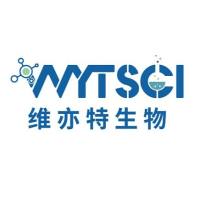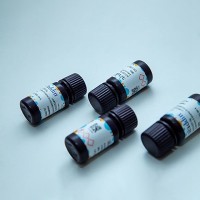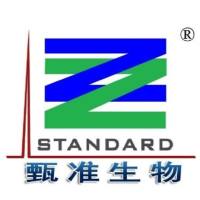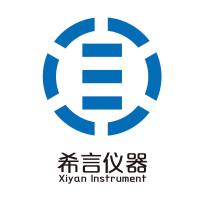Quantitation of 4-Hydroxynonenal Protein Adducts
互联网
1217
Lipid peroxidation has been associated with important pathophysiological events in a variety of diseases, drug toxicities, and traumatic or ischemic injuries. It has been postulated that free radicals and aldehydes generated during this process may be responsible for these effects because of their ability to damage cellular membrane, protein, and DNA. Recent studies have shown that the cytotoxicity of products of lipid peroxidation is due in part to the formation of α,β-unsaturated ldehydes, especially 4-hydroxy-2-alkenals (1 ,2 ). 4-Hydroxy-2-alkenals elicit a variety of cytopathological effects, including inactivation of enzymes (1 ), lysis of erythrocytes (2 ), chemotactic activity toward neutrophils (3 ), and inhibition of protein and DNA synthesis (4 ). Among the aldehydes formed, 4-hydroxynonenal is the major product of lipid peroxidation and has been suggested to play a major role in liver toxicity associated with lipid peroxidation (2 ,5 –7 ).






